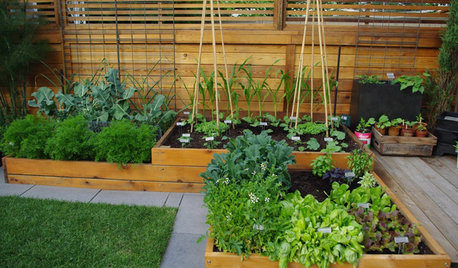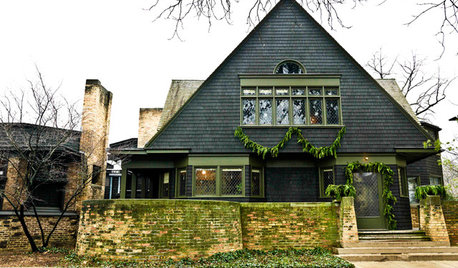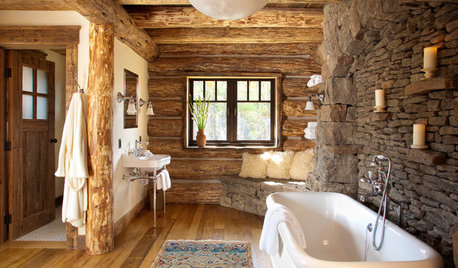Any experiences with caliche?
idaho_gardener
13 years ago
Related Stories

LIFEFrom the Wild, Home: Elements of a Landscape of Experience
See how simplicity, mystery and lessons from nature can help you create a rich garden experience at home
Full Story
URBAN GARDENSExperiments Aplenty Fill Vancouver Edible Garden
Lush and brimming with test landscape plantings, a Canadian garden appeals to the eye and the palate
Full Story
SHOP HOUZZShop Houzz: The Perfect Cheese Board Experience
Make entertaining a breeze with a fabulous cheese board setup
Full Story
LIFEThe Good House: An Experience to Remember
A home that enriches us is more than something we own. It invites meaningful experiences and connections
Full Story
MOST POPULARExperience the Holidays at Frank Lloyd Wright's Home and Studio
Handmade decorations, greenery and gifts show how the famed architect and his family celebrated Christmas in their Oak Park home
Full Story
DESIGN PRACTICEDesign Practice: How to Ensure the Best Client Experience
Pro to pro: Learn about standard procedures to make clients happy and things easier on you
Full Story
MORE ROOMSHow to Get a Big Movie Experience In a Smaller Space
Take a lesson from the fabrics, color and sound systems found in over-the-top media rooms
Full Story
FEEL-GOOD HOME10 Essentials for Enjoying a Spa-Like Experience at Home
These ingredients will help create a bathroom setting conducive to relaxation
Full Story
THE ART OF ARCHITECTUREExperience Your New Home — Before You Build It
Photorealistic renderings can give you a clearer picture of the house you're planning before you take the leap
Full Story
ARCHITECTUREWorld of Design: A Tokyo Exhibit Experiments With the Future of ‘Home’
Japan’s architects and housing industry explore new ideas for dwellings that respond to changes in society, tech and the natural world
Full Story







lazy_gardens
idaho_gardenerOriginal Author
Related Professionals
Forest Park Landscape Architects & Landscape Designers · Alexandria Landscape Contractors · Kaysville Landscape Contractors · Mahwah Landscape Contractors · North Richland Hills Landscape Contractors · Cary Decks, Patios & Outdoor Enclosures · Clemmons Decks, Patios & Outdoor Enclosures · Del City Decks, Patios & Outdoor Enclosures · Fort Myers Decks, Patios & Outdoor Enclosures · Fullerton Decks, Patios & Outdoor Enclosures · Hull Decks, Patios & Outdoor Enclosures · Midlothian Decks, Patios & Outdoor Enclosures · Owings Mills Decks, Patios & Outdoor Enclosures · Parlier Decks, Patios & Outdoor Enclosures · Salisbury Decks, Patios & Outdoor Enclosuresbpgreen
Kimmsr
lazy_gardens
gargwarb
death_valley
gonebananas_gw
Robert Byrd